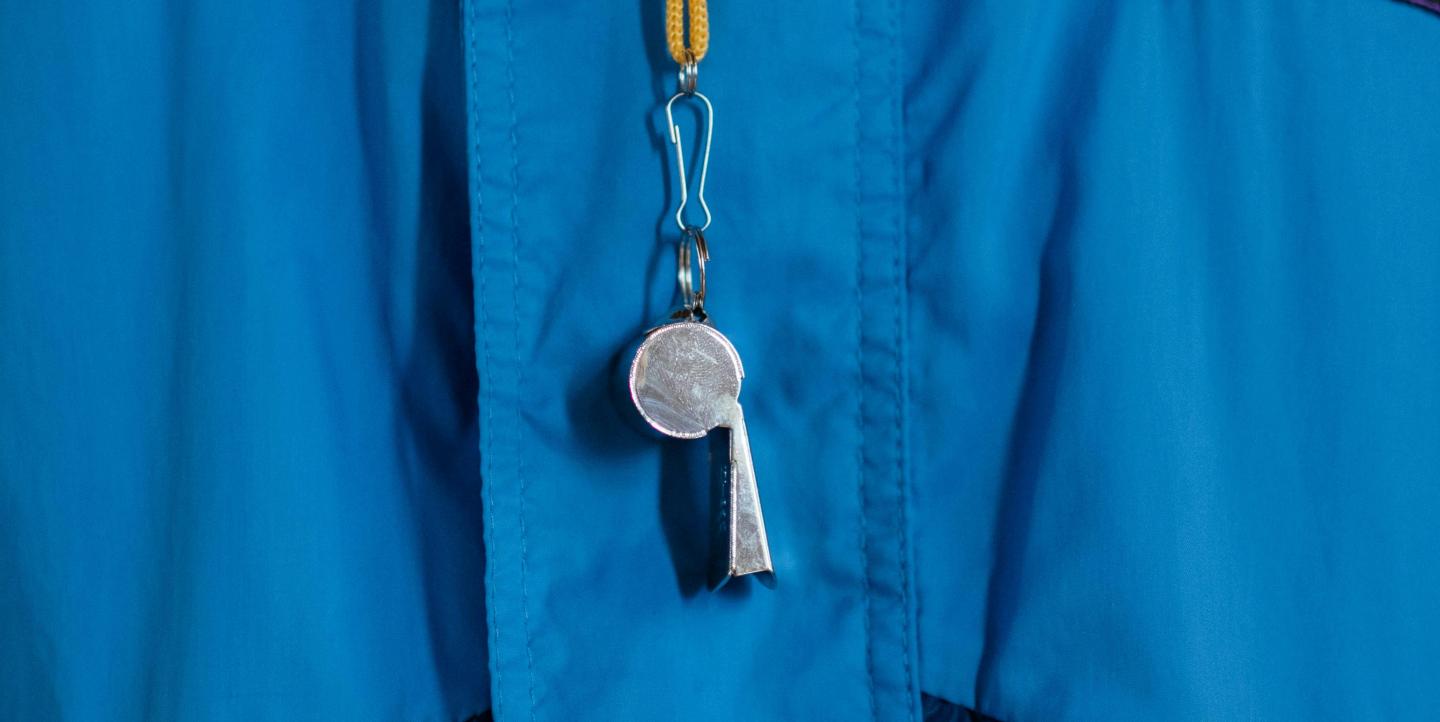On March 9, John Barnett was found dead in his car in Charleston, South Carolina, from what the county coroner called a self-inflicted gunshot wound. In the days before his death, Barnett had been giving evidence in a whistleblower trial against the Boeing aircraft company.
While it’s impossible to know for certain what led to the apparent suicide, Barnett’s mother said in an interview with CBS News that she partly blamed Boeing for her son’s death. She said Barnett was despondent over the company’s relentless targeting of him over his accusations that it had deliberately ignored safety issues at the plant where he worked.
The tragedy highlights another issue as well: the ethical responsibilities of news media who report on whistleblower allegations. Barnett’s death may be an extreme case, but other whistleblowers have spoken publicly over the past year about how talking to the media has left them unemployed, broke, targeted, ostracized and depressed.
The trauma of whistleblowing
On panels at the Online News Association conference in August and the Knight Media Forum in February, four prominent whistleblowers spoke about their experiences dealing with the media – some positive and some negative. They said journalists need to understand how traumatic whistleblowing can be.
“Journalists hit publish on the story and move on to the next one. When you’re the whistleblower, when that story gets published, that’s when your story really starts,” said Anika Collier Navaroli, a former Twitter safety expert who exposed secret information about the platform’s role in the Jan. 6, 2021, Capitol insurrection. “And one of the hardest consequences of having to do it is to pick up the pieces afterward. To say, ‘I just blew up my entire life. I blew up my entire career. What do I do now?’”
The Signals Network, a non-profit based in the U.S., was established in 2017 to help whistleblowers deal with the legal, financial and psychosocial consequences of taking action. Signals can also be helpful to media organizations that publish information from whistleblowers, said Executive Director Delphine Halgand-Mishra.
“We provide the support to the whistleblowers, and the journalists can focus on their work. We can play the role of legal support so the journalist does not have to do that – which they can’t for ethical reasons.”
The Signals Network provided direct support to 45 whistleblowers in 2023, and now receives about two requests for help per week, Halgand-Mishra said. The organization also advocates for better laws to protect whistleblowers, which ultimately helps journalists who depend on those sources to reveal wrongdoing. The EU passed a directive to better protect whistleblowers in 2019, and a federal shield law that would protect journalists and their sources has passed the U.S. House and is awaiting action in the Senate.
How to protect whistleblowers
Here are some ways that journalists can get the vital stories only whistleblowers can provide while minimizing harm to those who are taking a big personal risk to expose wrongdoing.
- Treat the whistleblower with sensitivity, understanding that while this story could help advance your career, it could be the end of a career for the whistleblower. Mark McGann, the main source behind the Uber Files revelations, said he dealt with some unethical journalists, but his initial contact with a journalist from the Guardian set an excellent standard: “He talked about me, my well-being, did I have a family, how was my health? If I was going to go forward with this, were there safety mechanisms that could be put in place so that I would be protected?”
- Don’t take advantage of the whistleblower’s vulnerability. Ali Diercks, a lawyer who revealed CBS’s intention to suppress a report on sexual harassment by CEO Les Moonves, said she felt so comfortable talking to a New York Times journalist that she regarded the reporter as a friend, the only person besides her husband she could confide in. She later appreciated that the reporter made it clear their objectives were different and that she needed to get legal and emotional support elsewhere.
- Make sure the source understands the rules. Halgand-Mishra said reporters must explain to the whistleblower what on-the-record, off-the-record and other related terms mean. The source should understand that the journalist must investigate all allegations thoroughly, will look into the source’s background, and will have to go to the company for its side of the story.
- Set protocols for how your newsroom will deal with whistleblowers. Media outlets are increasingly setting up secure tiplines, but they haven’t always thought through how they will protect those who use them.
- Safety is paramount. Use secure communications channels, limit the number of people in the newsroom who know the source’s identity, and don't push to interview the whistleblower in their home.
- If the source wants to remain anonymous, be careful about the information your story reveals. Halgand-Mishra said that some stories have provided so much detail that the company being investigated could immediately identify the source.
- Understand the context of the country where you are working. While most of the whistleblowers The Signals Network works with are in the U.S. and Europe, whistleblowers are also providing journalists with stories in the Global South, where the consequences can be much more severe, including threats to physical safety.
None of the whistleblowers who spoke on the panels said they regretted having gone public, but for the benefit of those who will follow them, they want journalists to understand the risks.
“If you’re doing something as a whistleblower and you haven’t had experience working with the news media, it can be paralyzing,” said Wendell Potter, who “blew the whistle” on his then employer, CIGNA, and other health insurers. “So just know that all that is going on for a person who’s trying to do the right thing and willing to do that at enormous cost.”
Photo by cottonbro studio via Pexels.


